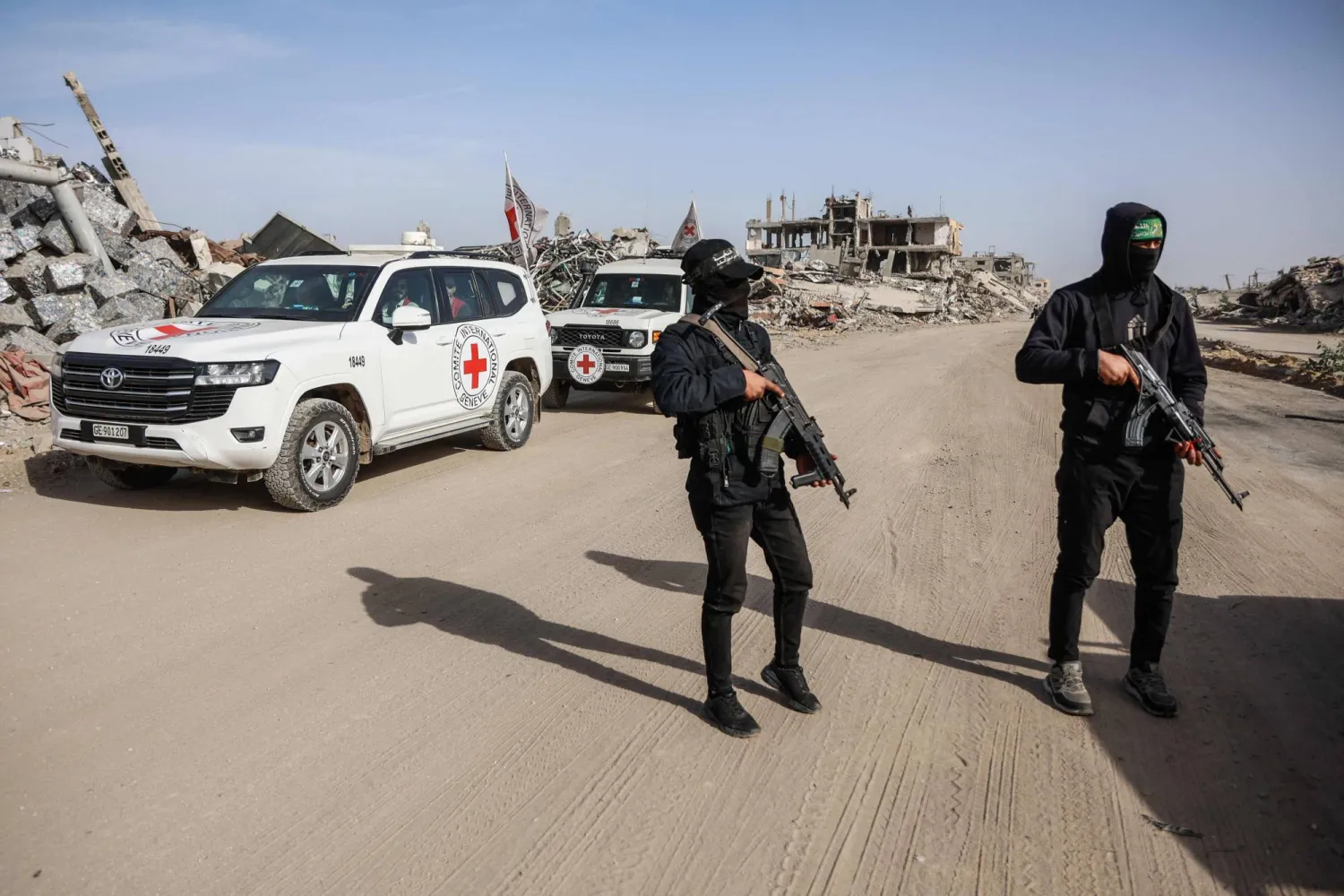In a first-of-its-kind conference in Sudan’s history, representatives of Islam, Christianity, Judaism and Hinduism gathered in Khartoum “to promote national and human values, and advocate peaceful coexistence.”
Organized by former independent MP Abu al-Qasim Bortom, the conference comes after Sudan’s announcement to normalize relations with Israel at the end of 2020.
Bortom said the forum was “the first fraternal meeting to promote tolerance and social peace in Sudan.”
Bortom stressed that the idea was not new, but has become “urgent and necessary because Sudan needs serious new initiatives and the establishment of platforms that bring people of different religions together to promote a new discourse… based on the slogans and goals of the December 2018 revolution of freedom, peace, justice and rejection of hatred.”
“We are working on developing programs and establishing centers for religious and tribal coexistence, and transforming the culture of coexistence into reality, to create generations that live religious freedom and respect the values of citizenship,” he added.
Jewish cleric, Rabbi David Rosen, said in a video message from Jerusalem that holding the forum was a special occasion, because both the Quran and the Torah affirm the importance of tolerance.
Bishop Ingeborg Midttomme from Norway said: “We, the people of religions, work together for tolerance, respect, peace, love and justice.”
Member of the Transitional Sovereignty Council, Raja Nicola, said that the Council extends its gratitude to the organizers of the forum, which aims to support the people of Sudan and to promote the achievement of the rule of law that preserves the rights of citizens of all religions and cultures.









